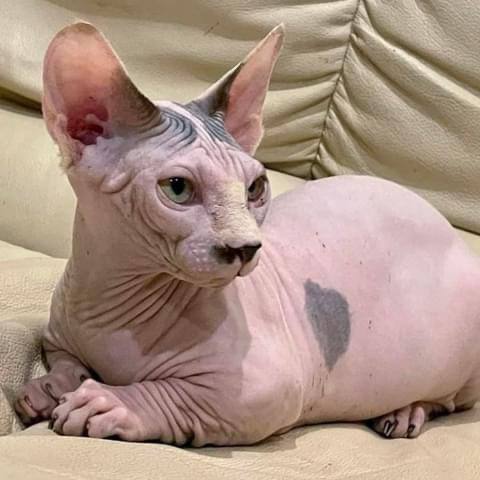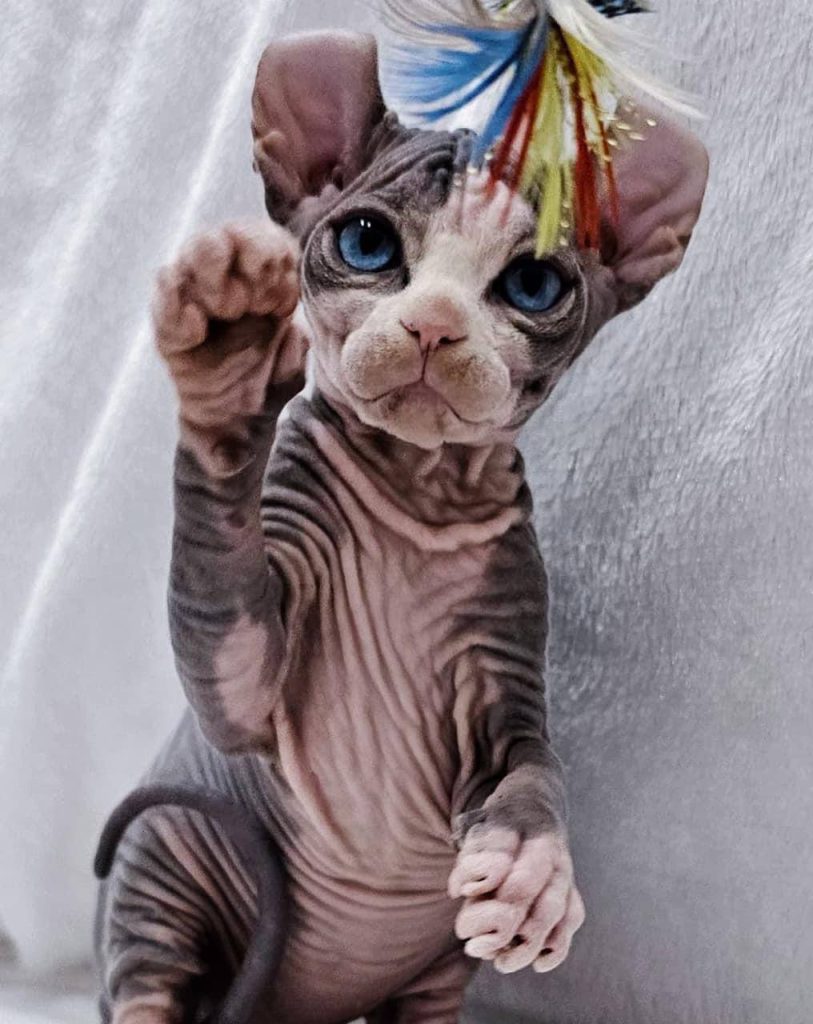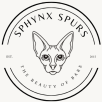Sphynx Breeding Standards
Breeding Standards
With their particular bare appearance and enthralling characters, Sphynx cats stand apart among cat fans.
While their interesting looks might draw prompt consideration, understanding their variety guidelines reveals insight into what genuinely characterizes these amazing animals.
Allow us to dive into the variety principles of Sphynx felines, investigating their actual qualities, demeanor, drawing upon solid and definitive references to give an extensive comprehension.

General Description
These cats appears to be a hairless cat, although it is not truly hairless. The skin should have the texture of chamois. It may be covered with very fine down which is almost imperceptible to both the eye and the touch. On the ears, muzzle, tail, feet and scrotum, short, soft, fine hair is allowed.
Lack of coat makes the cat quite warm to the touch. Whiskers and eyebrows may be present, either whole or broken, or may be totally absent. The cat should not be small or dainty. Males may be up to 25 percent larger so long as proper proportions are maintained. The Sphynx is sweet tempered, lively, intelligent and above all, amenable to handling

Their Physical Characteristics
The breed norms of Sphynx felines envelop a scope of actual qualities that recognize them from other cat breeds. As indicated by the Feline Fanciers’ Affiliation (CFA), the Sphynx is a medium-to-enormous measured feline with a strong, balanced body, and a particular absence of fur. Their skin ought to have a delicate, warm surface and might be shrouded in a fine layer of fluff or hair. Notwithstanding their bareness, Sphynx felines show examples of variety and markings that add to their charm, going from strong varieties to dark-striped cat examples and focuses.
The Head
These cats have Medium-sized, modified wedge with rounded contours, slightly longer than wide. Their skull is slightly rounded with a rather flat forehead and prominent cheekbones and a distinct whisker break. They have Large, rounded lemon shape eyes . Slanting to outer corner of ear. Slightly more than an eye width between eyes.
According to The International Cat Association (TICA), the breed standard specifies that Sphynx cats can have any eye color, ranging from blue and green to gold and copper. The eyes should be set wide apart and be alert and attentive, reflecting the cat’s playful and inquisitive nature.
Their ears too are large, broad at base and open. Set upright, neither low set nor on top of the head. The interior is totally hairless. Slight amount of hair allowed on lower outside edges and on the back of the ear
Their Body
Middle: Medium in size, medium to medium long. The chest is wide, may incline toward barrel chested. The midsection is balanced, resembling having eaten an enormous feast, yet entirely not fat.
Legs: Length in extent with body, with medium boning and firm muscular structure.
Rear legs somewhat longer than front.
Front legs broadly set. Females might have marginally better boning.
Feet: Medium in size, oval shape with long, thin toes.
The paw cushions are thicker than in different varieties, providing the feline with the presence of strolling on “air pads”.
The toes are extremely lengthy, slim and noticeable.
Tail: Whippy, tightening from body to tip (rodent followed). Length is with respect to body.
A lion tail (puff of hair on tip) satisfactory.
Muscle structure: Hard and solid, not sensitive.
Boning: Medium.
COAT, TEXTURE AND COLOR
Length: Seems smooth. Might be covered with short, fine down. May have puff on hair on tip of tail.
Stubbles are scanty and short.
Surface: Chamois-like. A sensation of opposition might be felt while stroking the skin of certain felines. The skin is exceptionally crumpled in cats.
Grown-ups ought to hold however many kinks as could be allowed, particularly on the head, despite the fact that wrinkling ought not be articulated to the point that it influences the feline’s ordinary capabilities.
Our little cats are all as per the variety guidelines.
